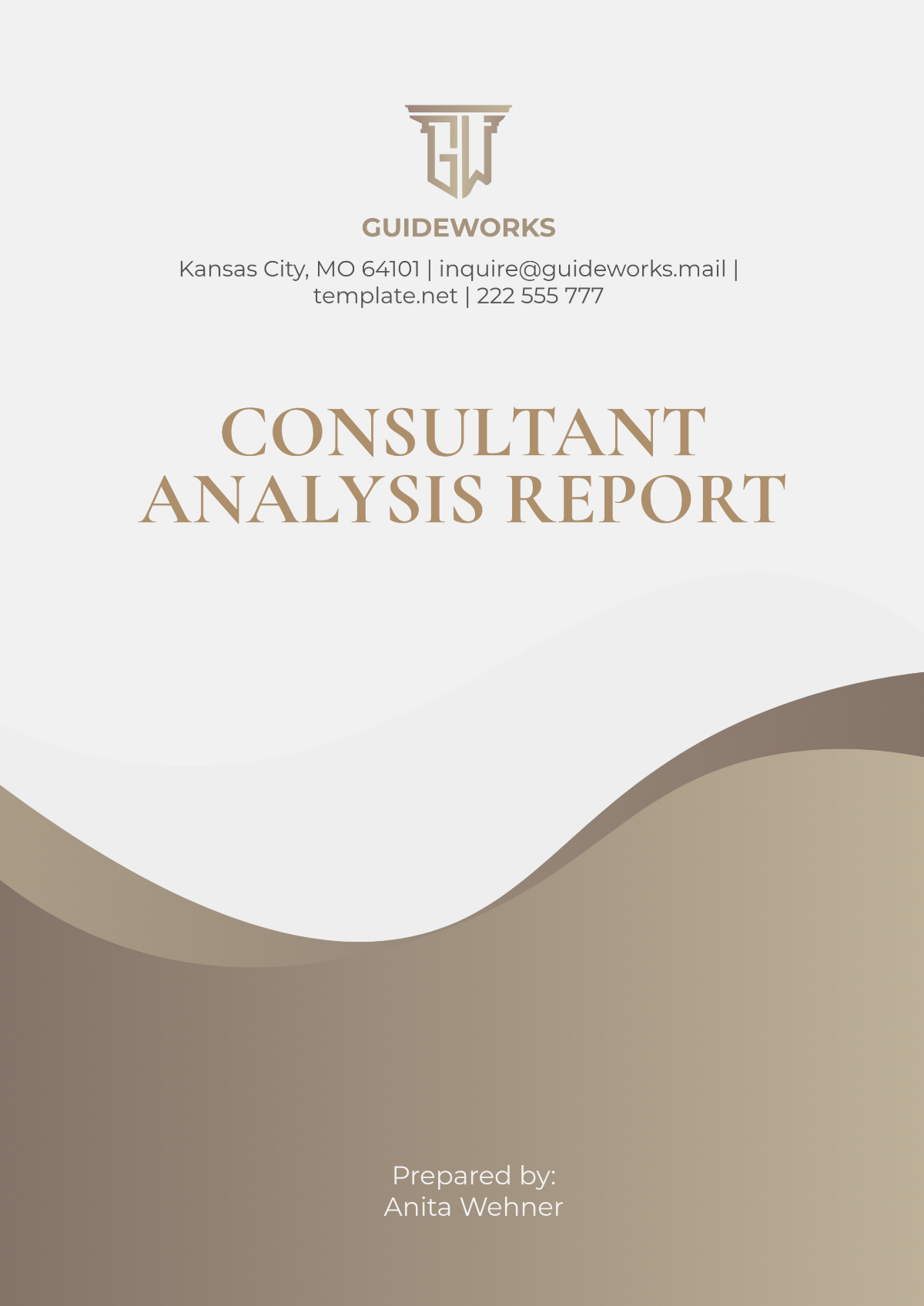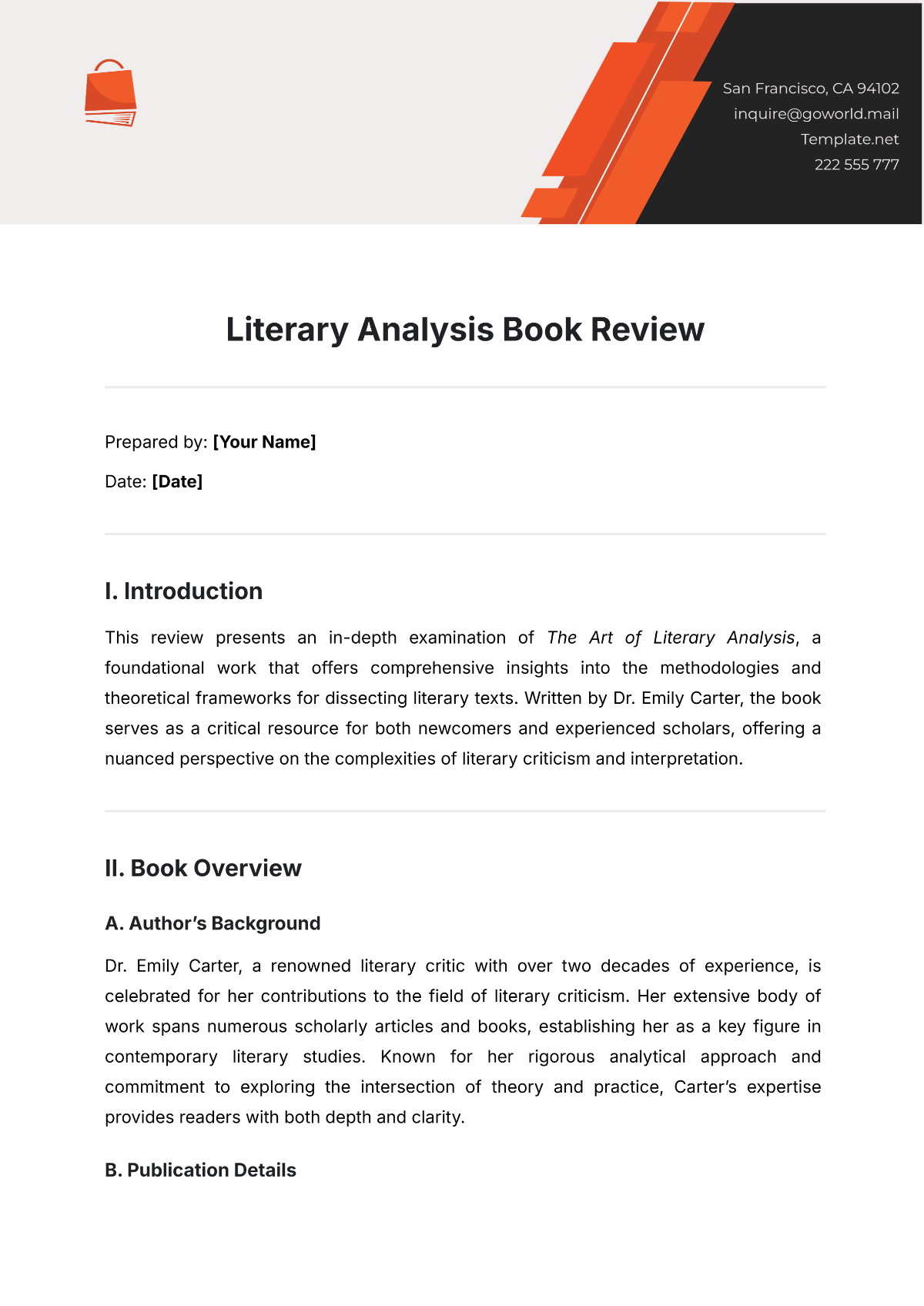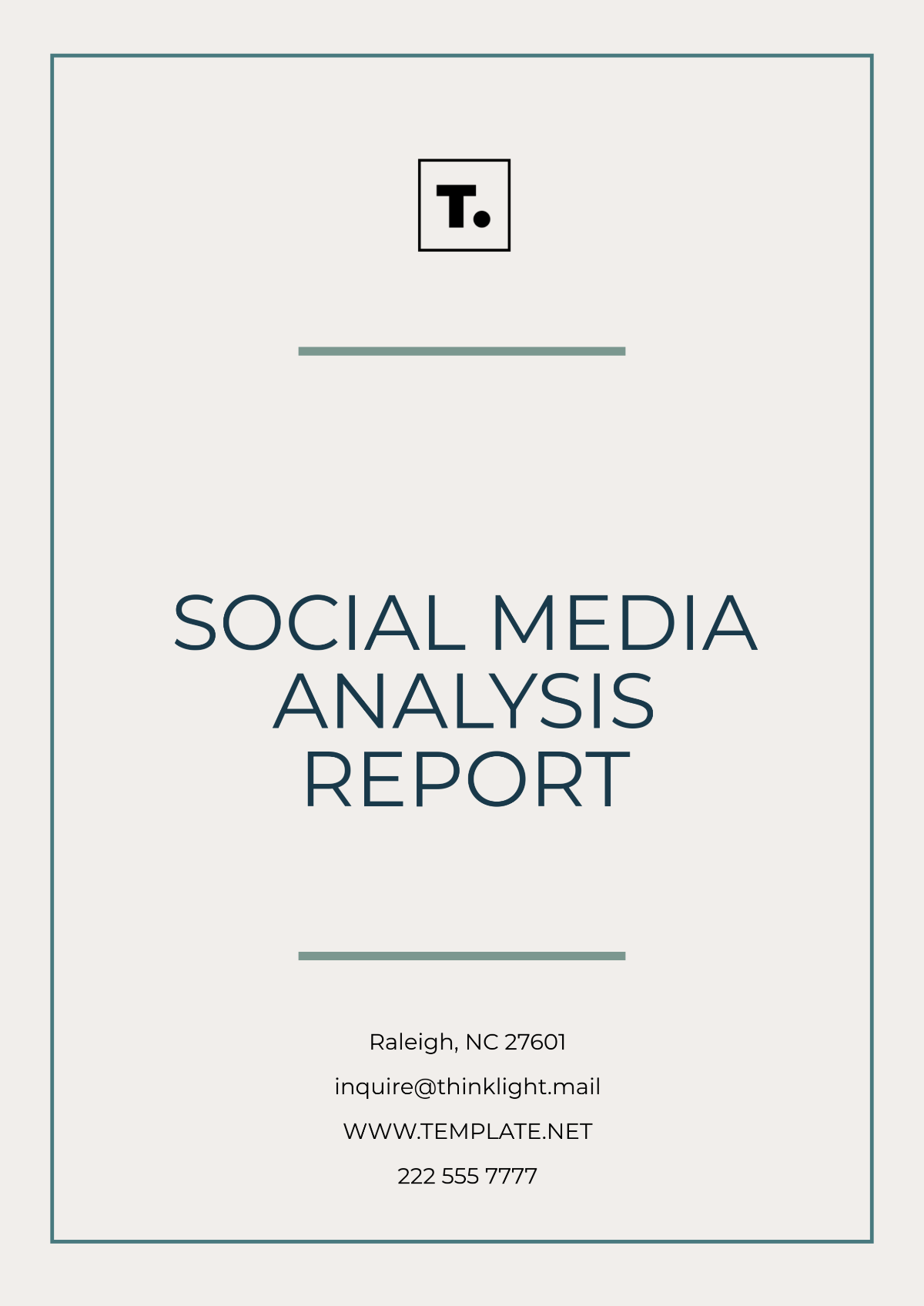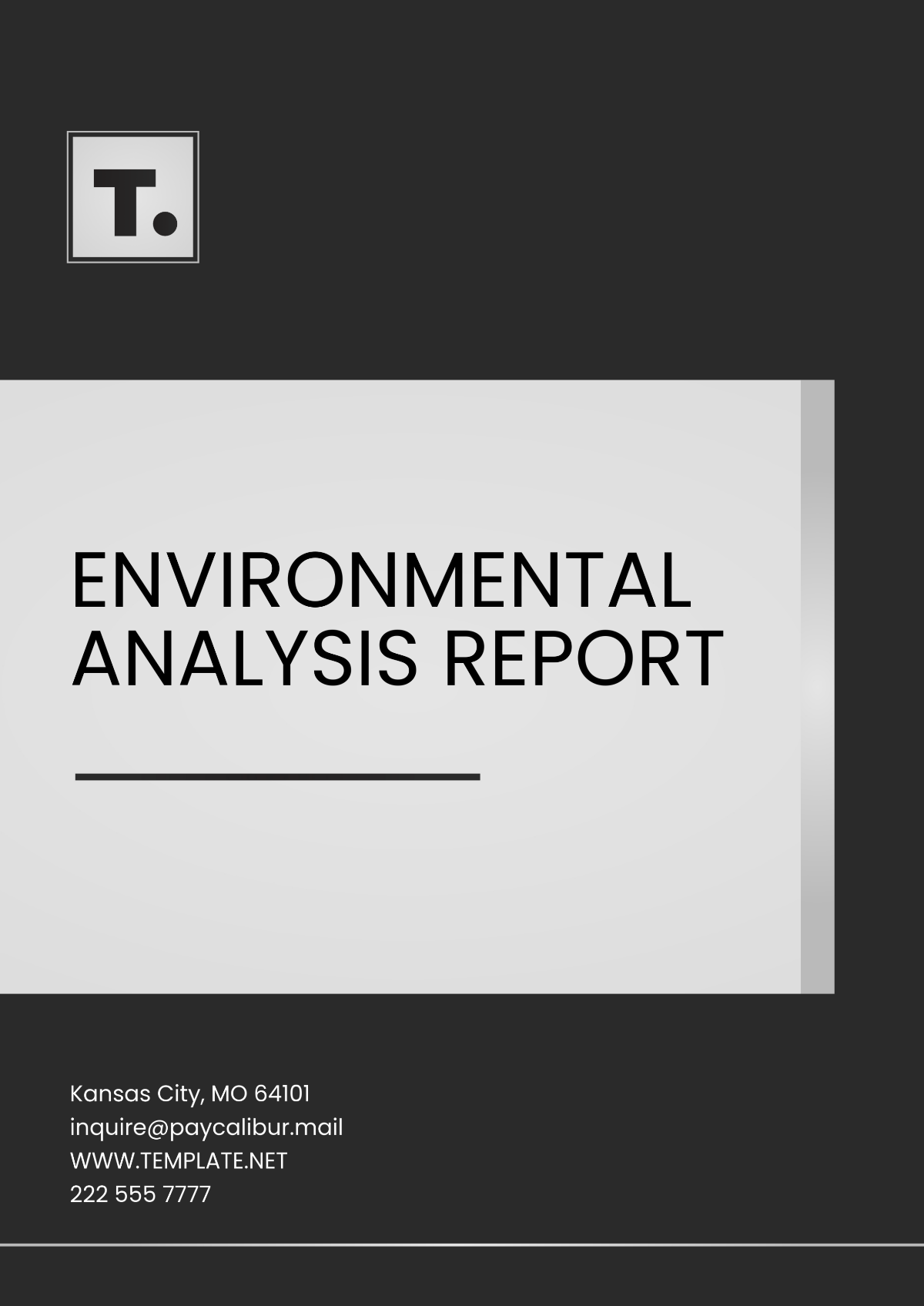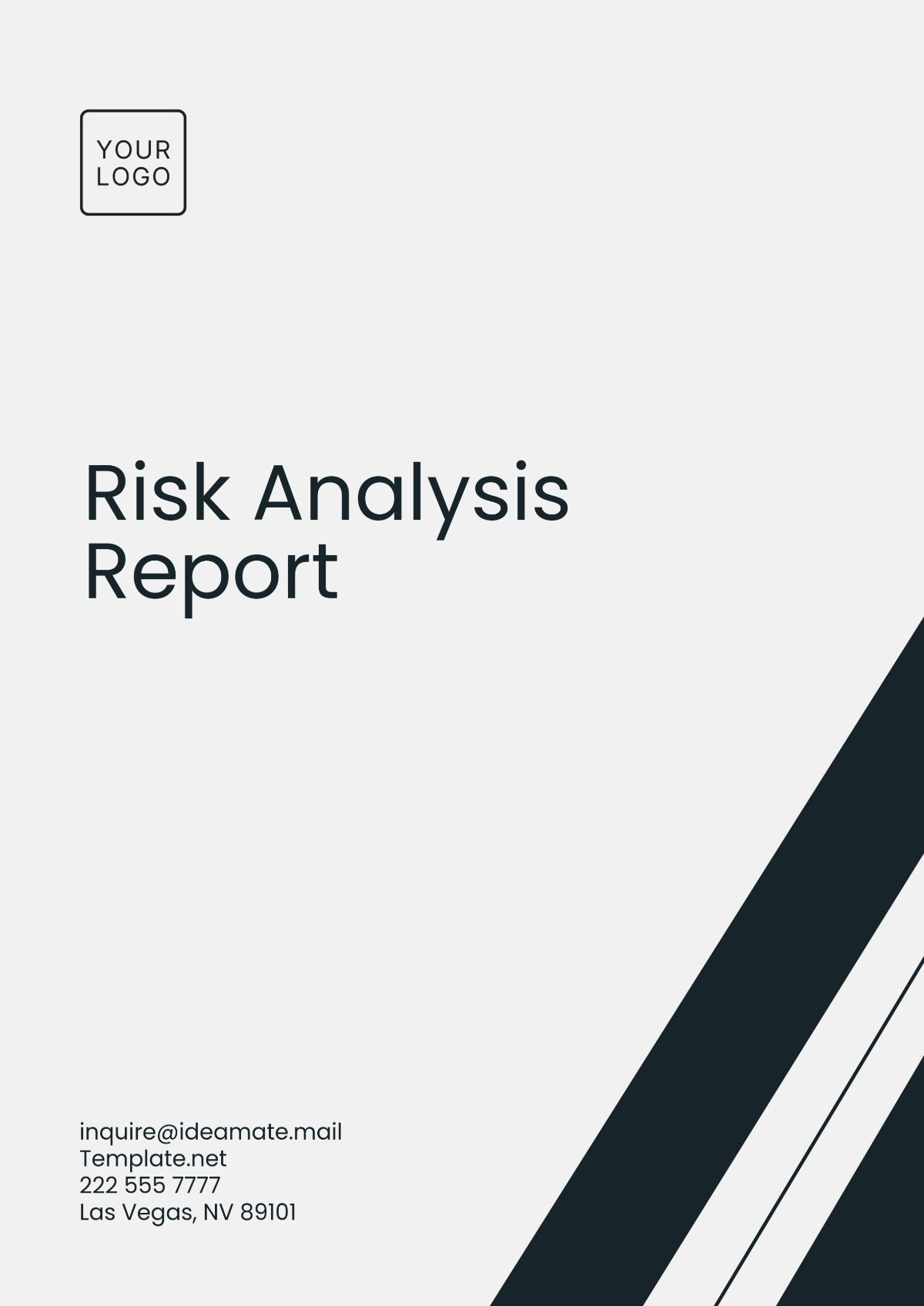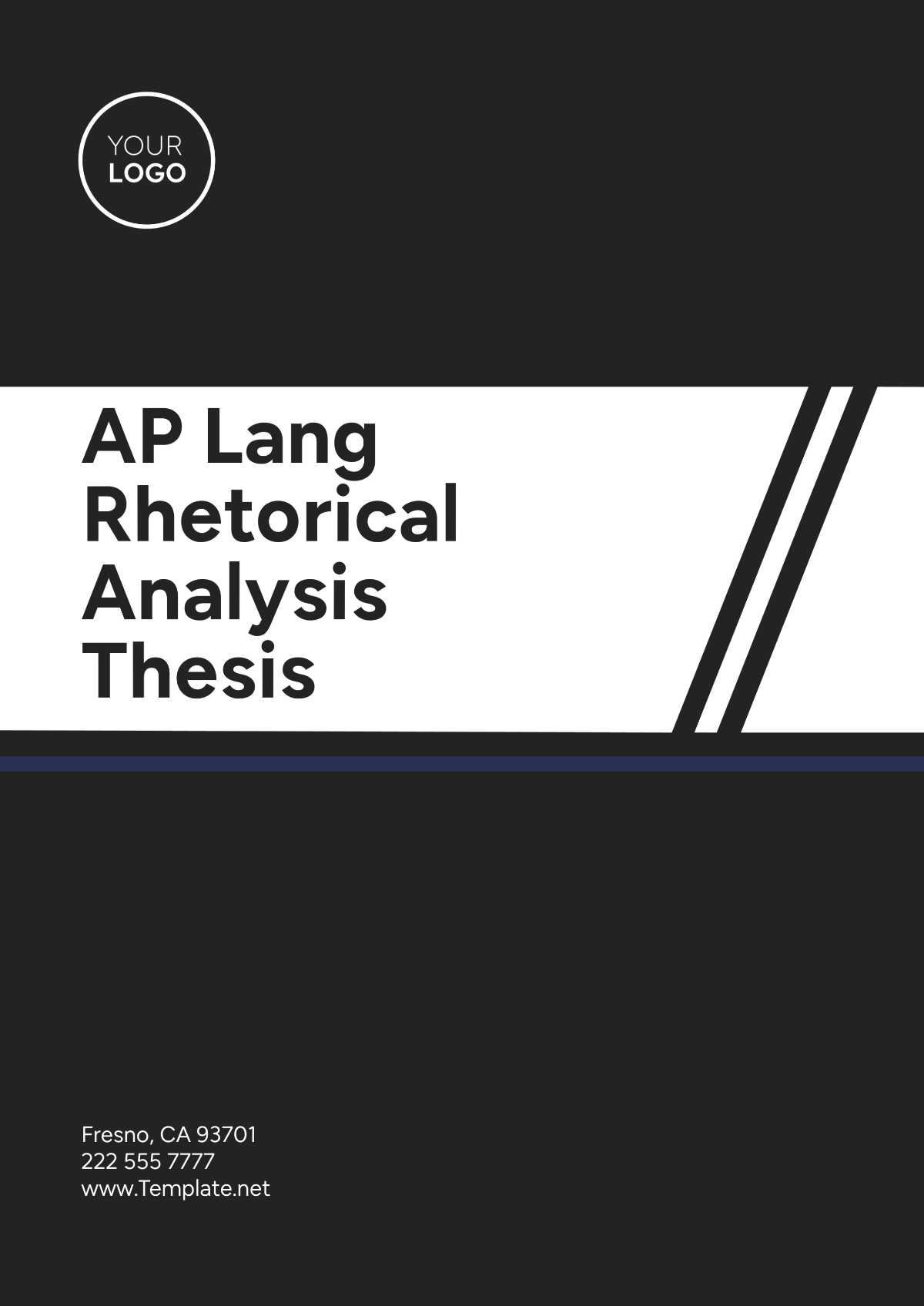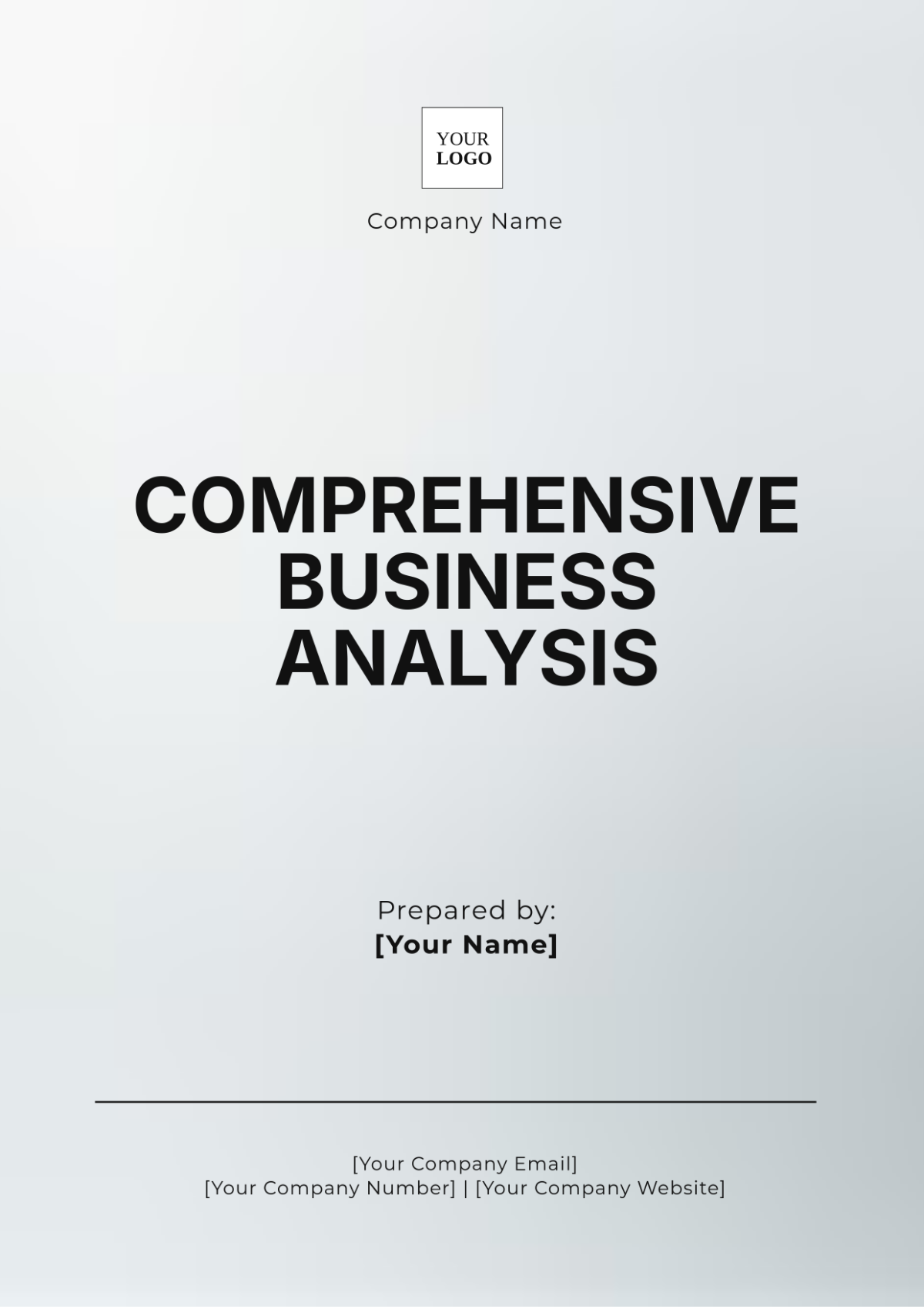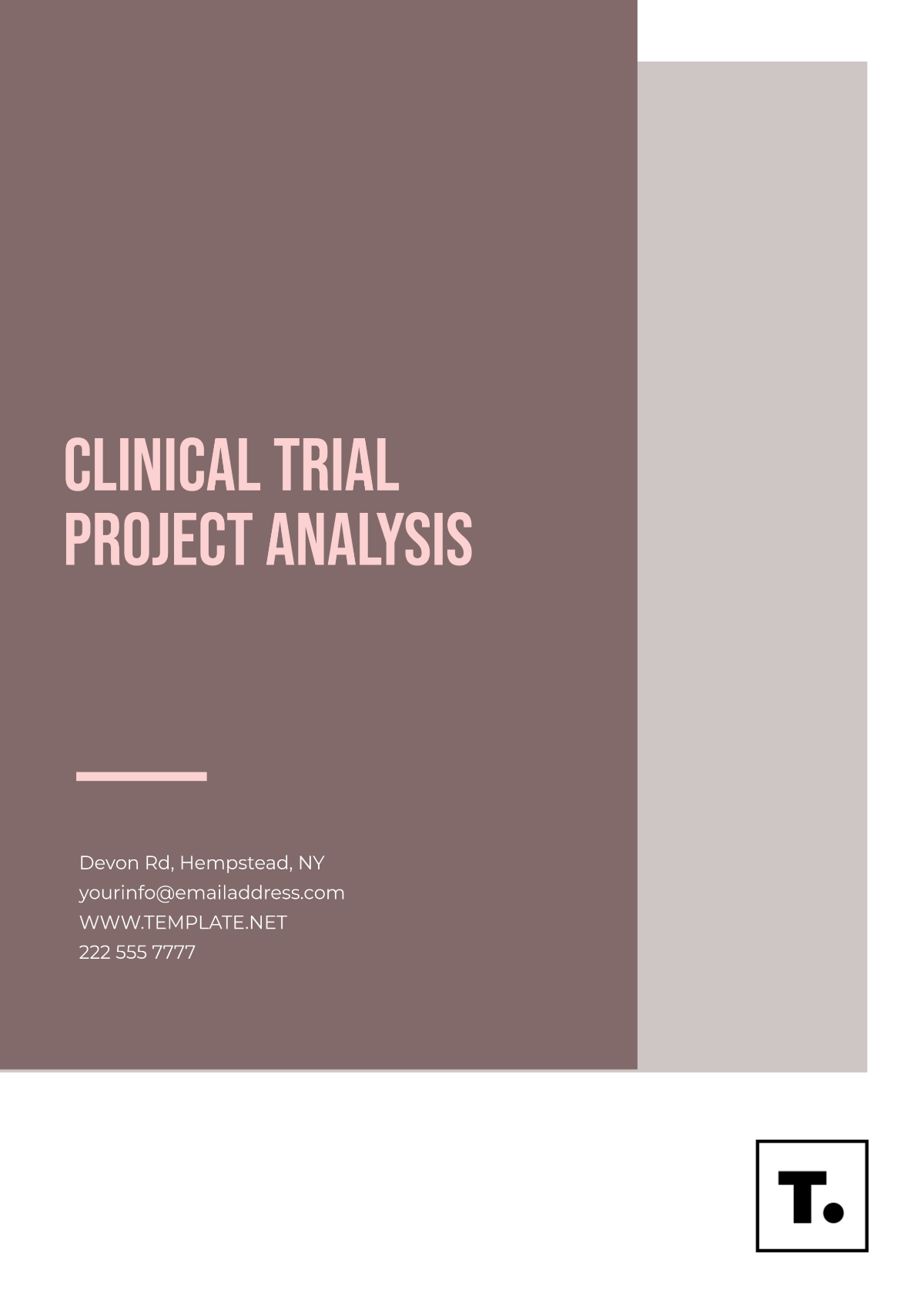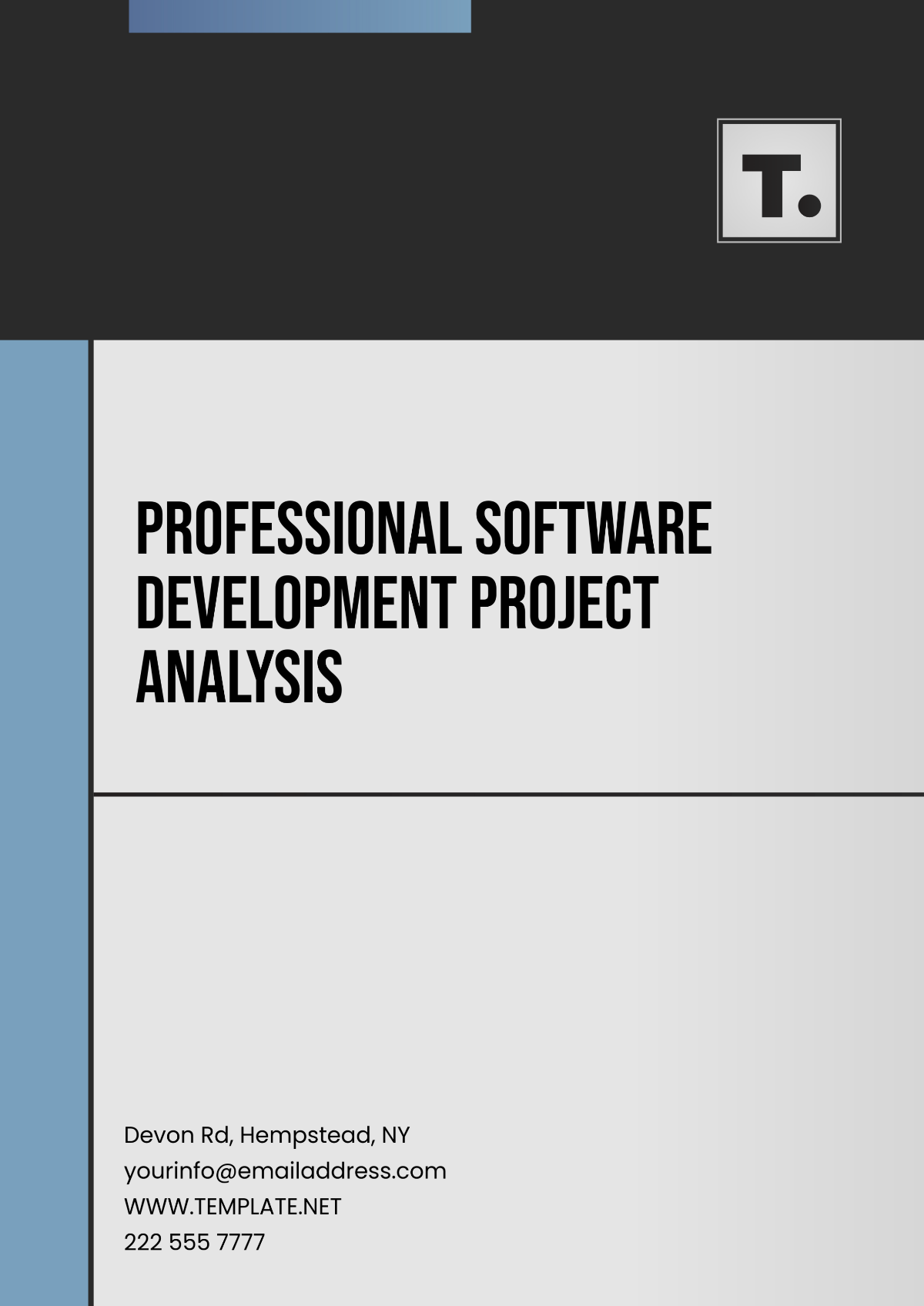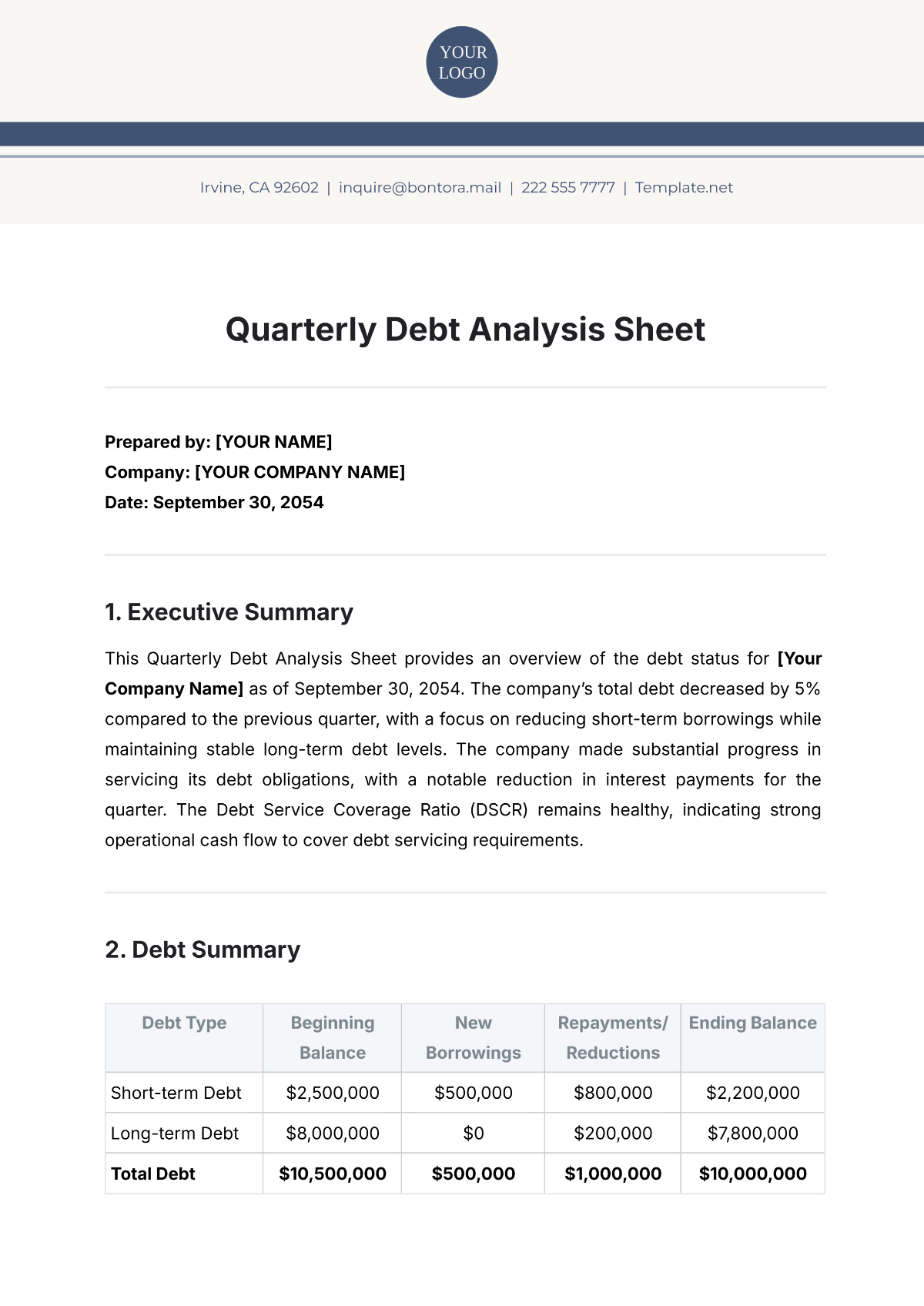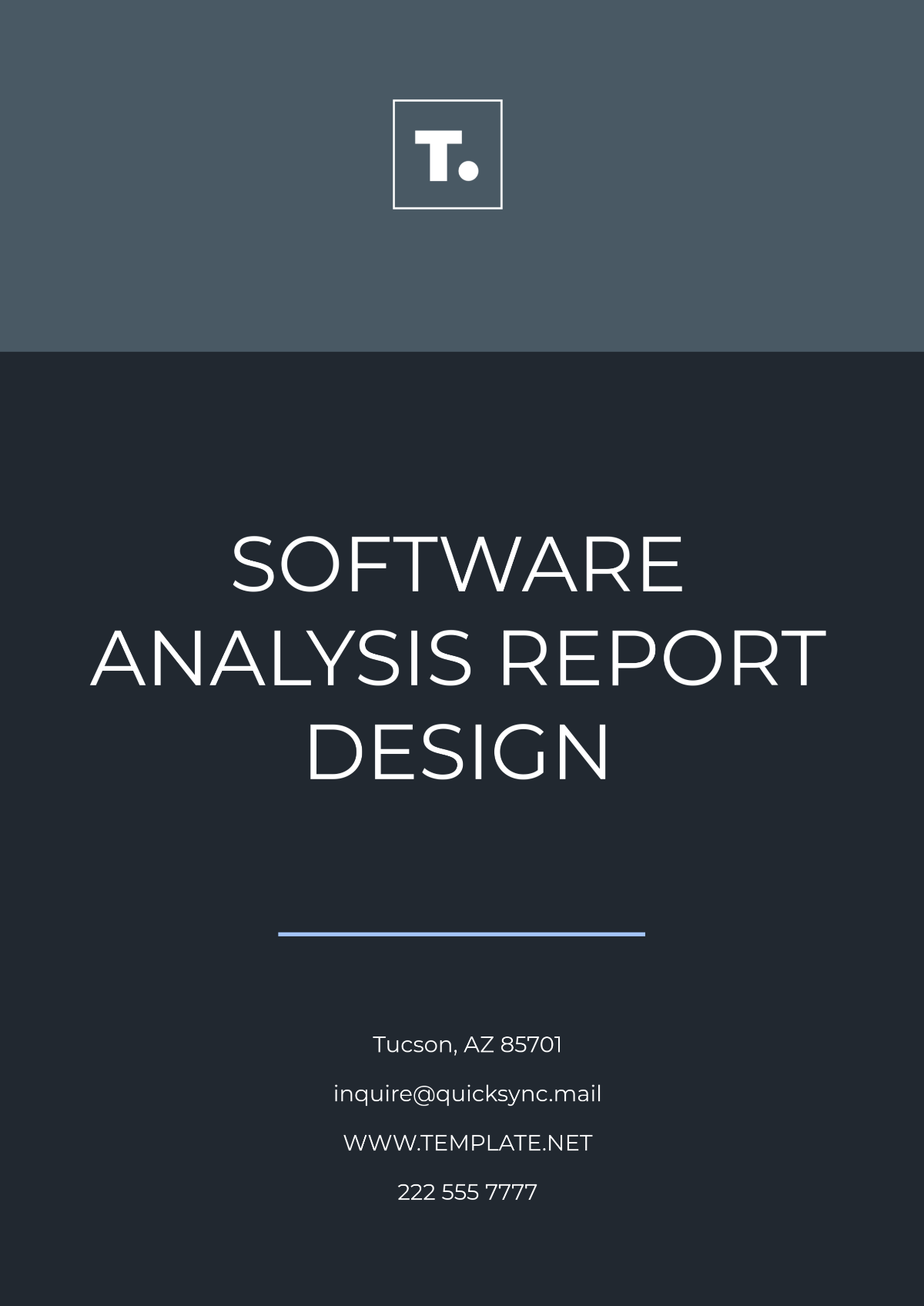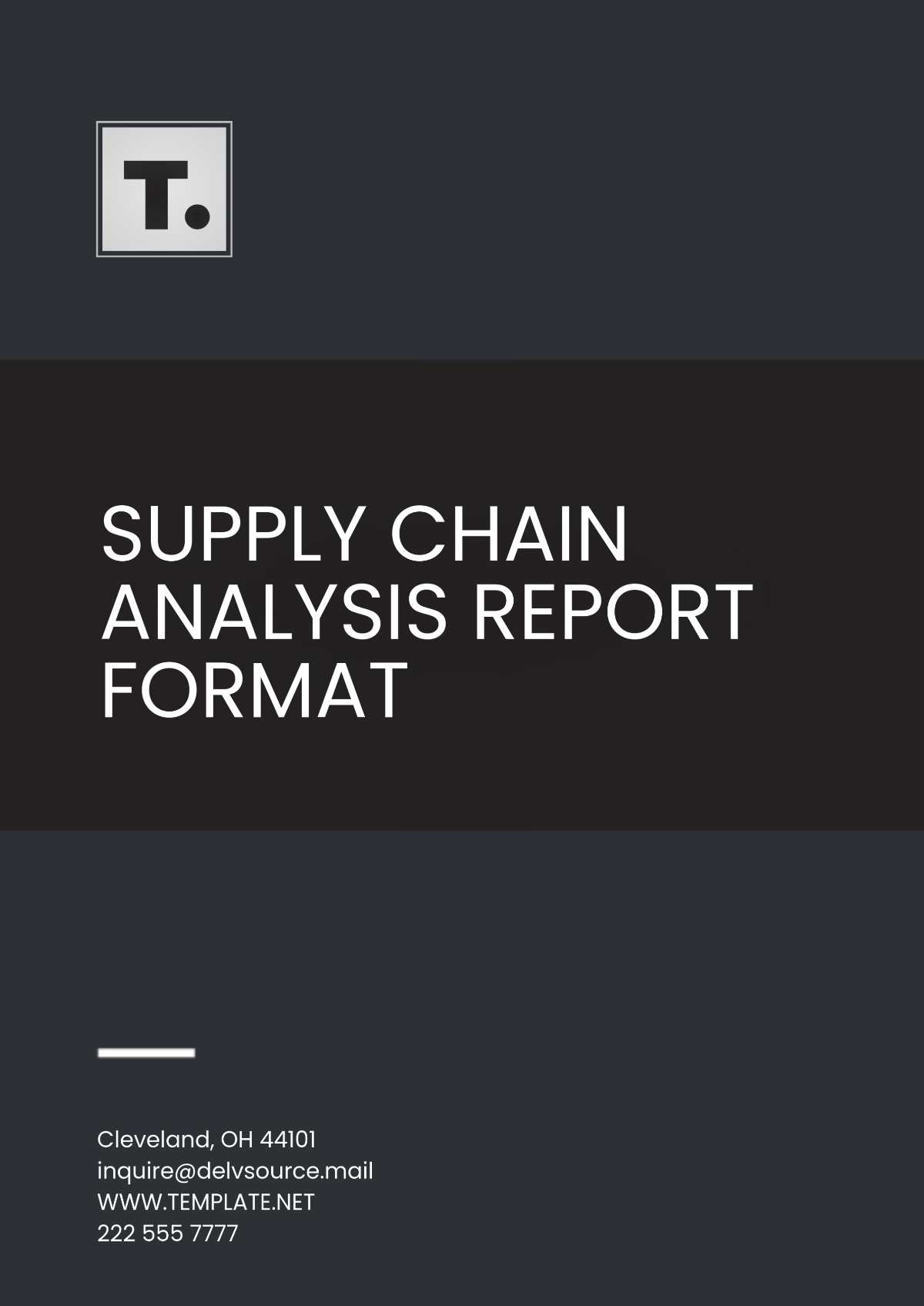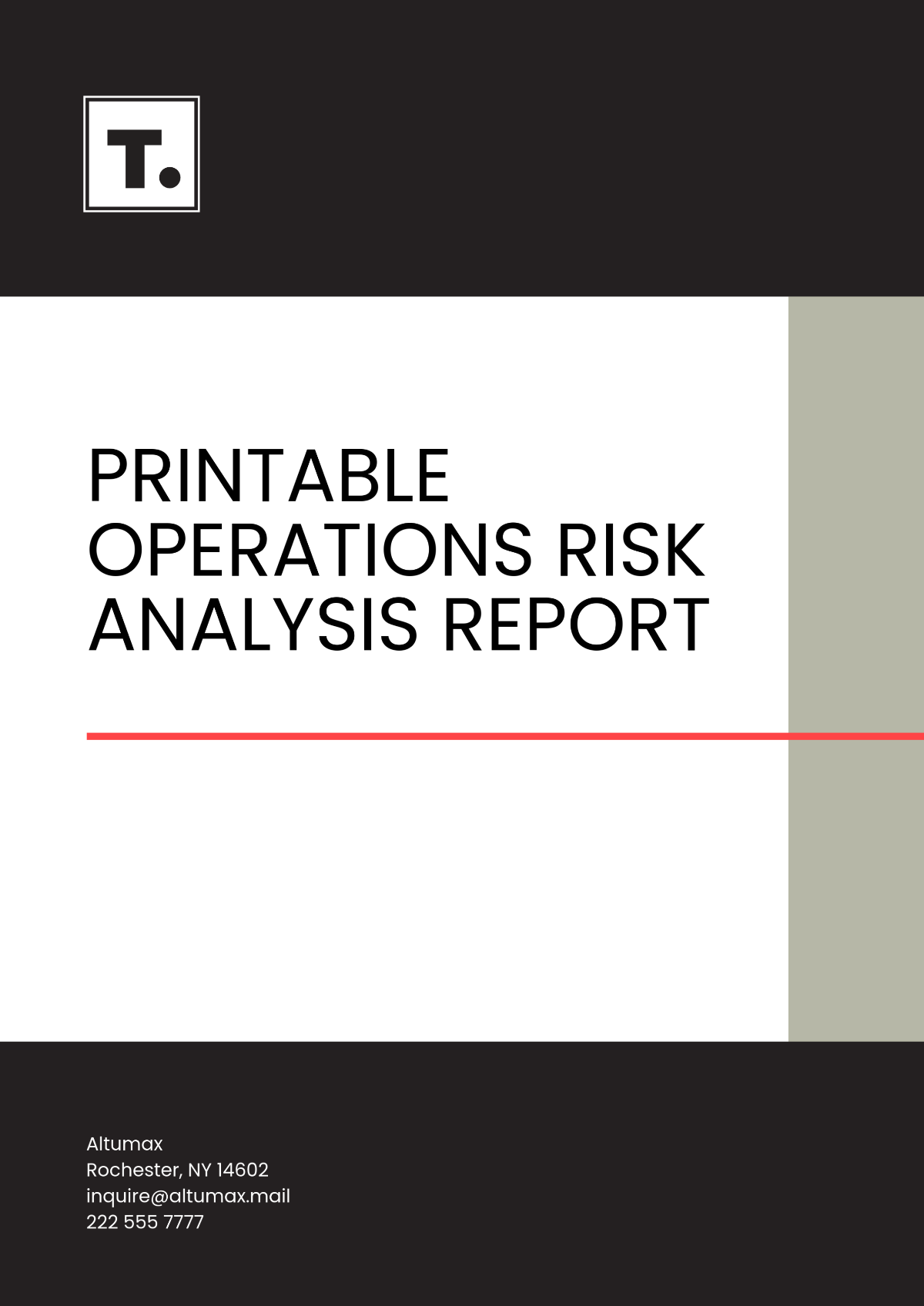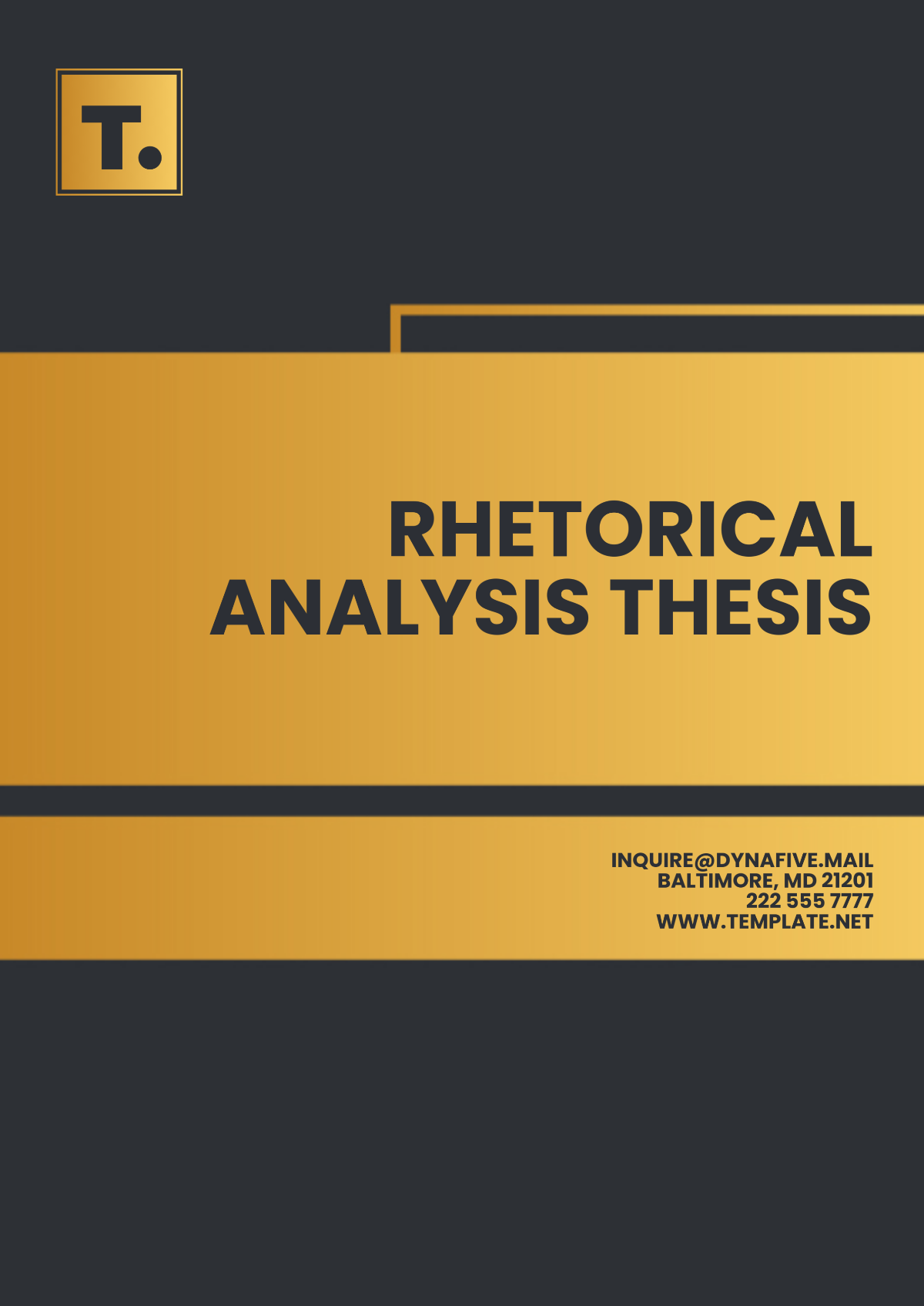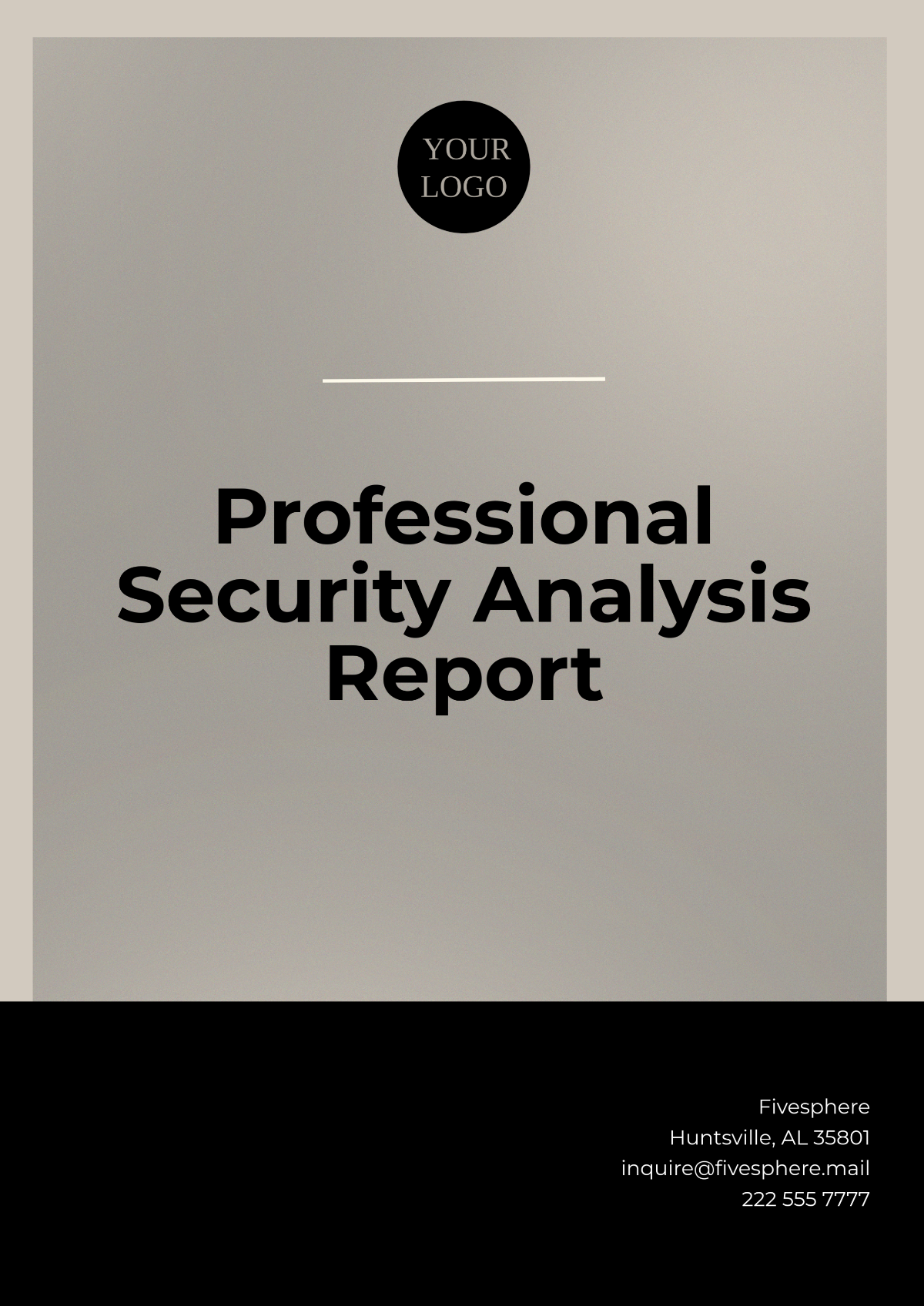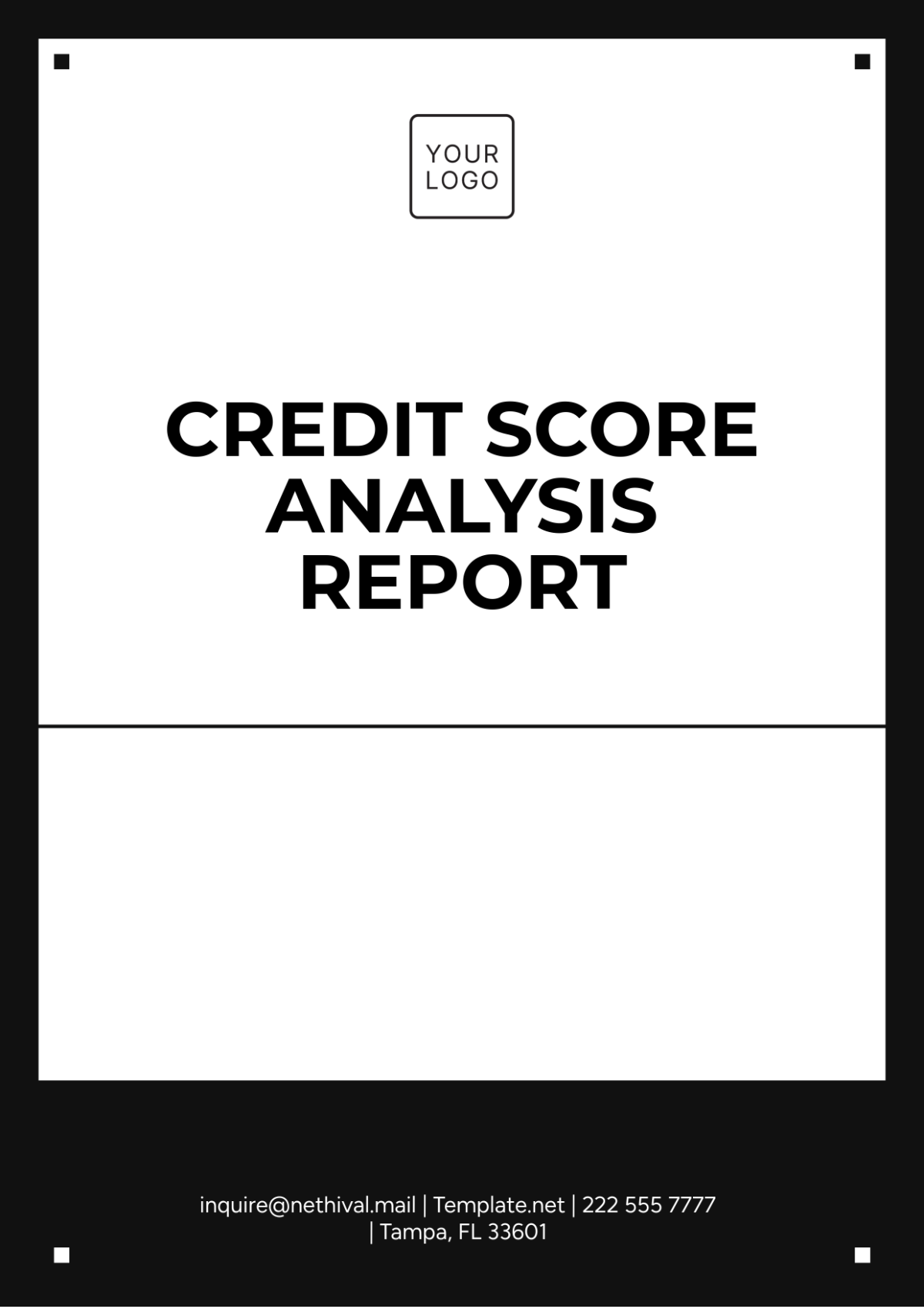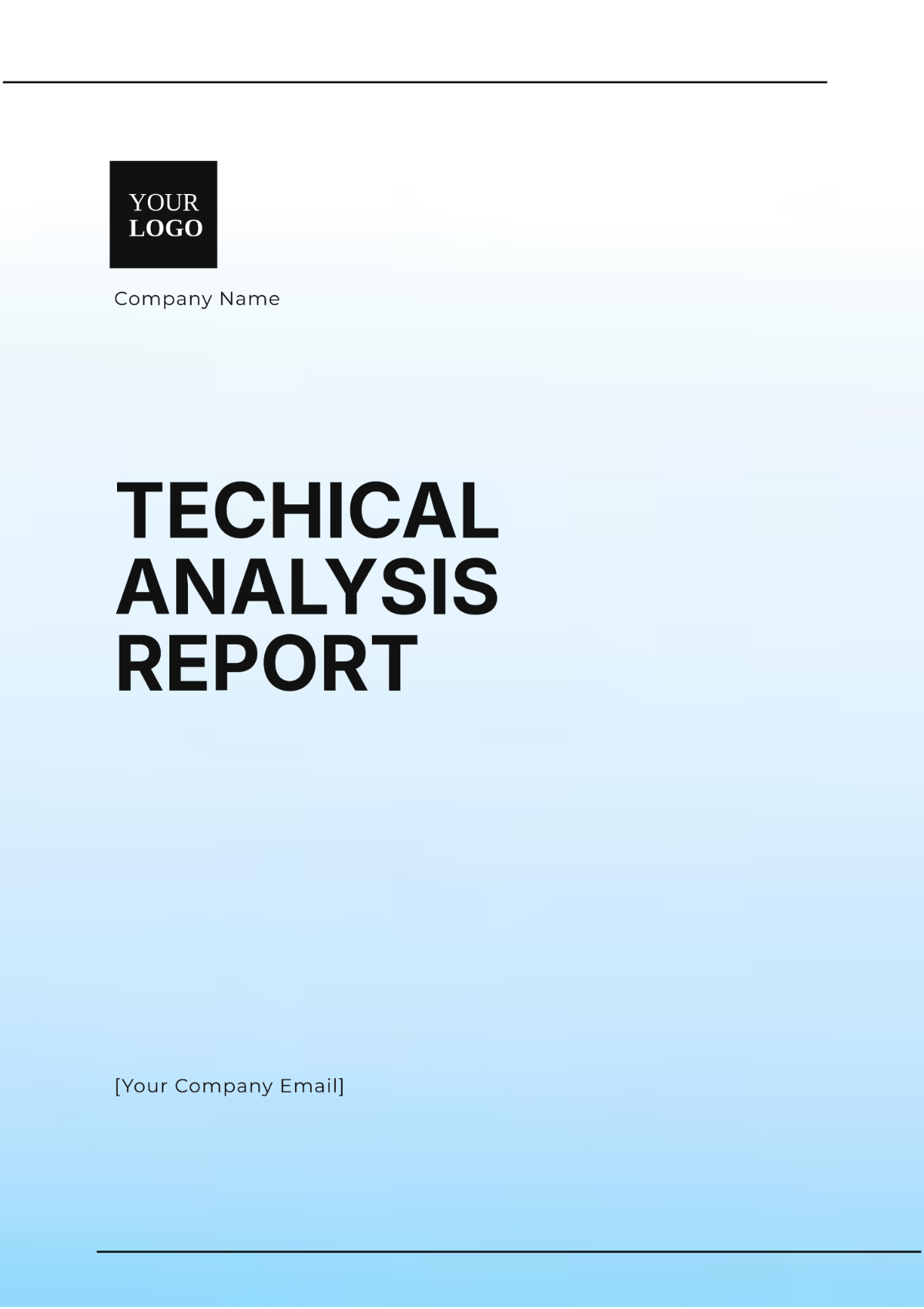Legal Discourse Rhetorical Analysis
Prepared by: [Your Name]
Date: [Date]
1. Introduction
Legal Discourse Rhetorical Analysis examines how language is employed in legal texts to persuade, inform, and influence its audience. This analysis focuses on various types of legal documents, such as court opinions, legal briefs, statutes, and legislative debates. By dissecting the rhetoric within these texts, we gain insight into the strategies used to achieve legal objectives and persuade stakeholders.
2. Context
2.1. Overview of the Legal Text
Legal texts often serve specific functions, such as establishing laws, guiding judicial decisions, or arguing cases. Understanding the context in which a text was produced is crucial for a thorough rhetorical analysis. This includes:
Purpose: What is the primary goal of the document? Is it to advocate for a particular legal outcome, interpret a law, or set a precedent?
Audience: Who is the intended audience? This could include judges, lawmakers, attorneys, or the public.
Historical and Juridical Context: What are the legal and societal conditions surrounding the document? How do these conditions influence the text's rhetoric?
2.2. Types of Legal Texts
Court Opinions: Judicial rulings that interpret laws and establish precedents.
Legal Briefs: Documents submitted by parties in a case to support their arguments.
Statutes: Laws enacted by legislative bodies.
Legislative Debates: Discussions and arguments presented during the law-making process.
3. Rhetorical Strategies
3.1. Persuasive Techniques
Legal texts employ various rhetorical strategies to persuade their audience. These include:
Ethos: Establishing credibility and authority. For example, a judge’s opinion often builds ethos through reasoned argument and legal precedent.
Pathos: Appealing to emotions. Although less common in formal legal texts, emotional appeals may be present in arguments designed to sway public opinion or in amicus briefs.
Logos: Using logical arguments and evidence. Legal texts heavily rely on logical structure, citing statutes, precedents, and factual evidence to support arguments.
3.2. Rhetorical Devices
Key rhetorical devices used in legal discourse include:
Analogy: Drawing comparisons to clarify complex legal concepts.
Metaphor: Using figurative language to illustrate legal principles.
Repetition: Emphasizing key points to reinforce arguments.
4. Language and Style
4.1. Formalism and Jargon
Legal language is characterized by its formality and specific jargon. Key elements include:
Formal Structure: Legal texts often follow a structured format, including headings, subheadings, and numbered sections.
Legal Jargon: Specialized terminology used to convey precise meanings and conform to legal standards. Examples include terms like “habeas corpus,” “statutory interpretation,” and “jurisprudence.”
4.2. Tone and Diction
Tone: Legal texts generally maintain a formal and objective tone. However, the tone may vary depending on the type of document and its purpose. For example, a passionate dissenting opinion may exhibit a more assertive tone.
Diction: The choice of words reflects the text’s purpose and audience. Legal documents use precise, unambiguous language to avoid misinterpretation.
5. Effectiveness
5.1. Achieving Goals
To assess the effectiveness of a legal text, consider:
Clarity: Does the text clearly communicate its arguments and objectives?
Persuasiveness: How well does the text convince its audience of its position?
Impact: What is the text’s influence on legal outcomes, public opinion, or subsequent legal decisions?
5.2. Case Study Analysis
A case study can illustrate the application of rhetorical strategies. For instance, analyzing a landmark Supreme Court opinion:
Case: Brown v. Board of Education (2050)
Rhetorical Strategies: The opinion used ethos by referencing historical injustices and logical arguments to dismantle the doctrine of “separate but equal.”
Impact: The ruling’s persuasive rhetoric contributed to significant social and legal change regarding racial segregation.
6. Conclusion
A Legal Discourse Rhetorical Analysis provides valuable insights into how legal language functions to achieve its purposes. By understanding the rhetorical strategies and stylistic choices employed in legal texts, stakeholders can better appreciate the complexities of legal arguments and improve their own legal communication. This analysis highlights the importance of effective rhetoric in shaping legal outcomes and influencing public perception.








